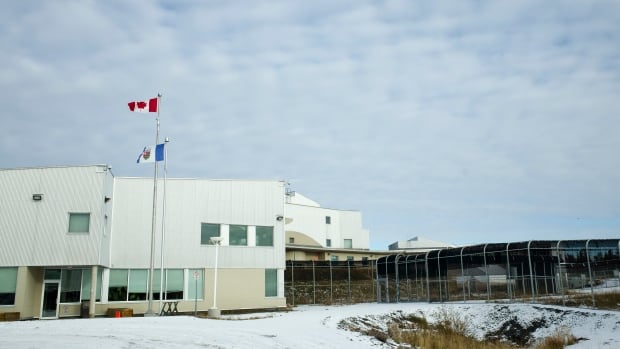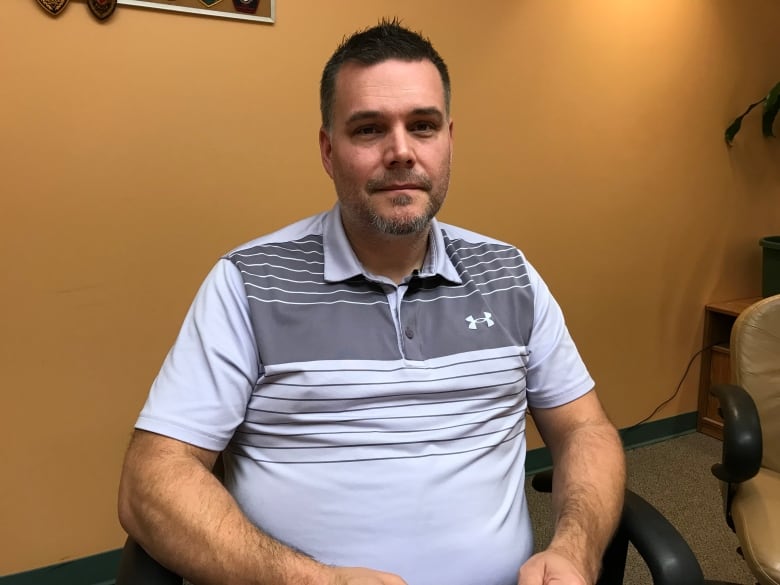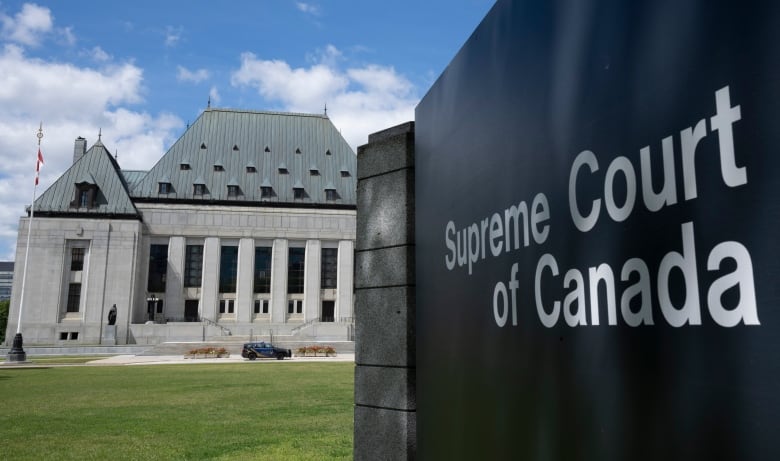
The number of inmates in custody in the Northwest Territories is the lowest it’s been in more than 20 years, with some correctional institutions sitting nearly empty.
More than half the beds in the territory’s largest facility, the North Slave Correctional Complex (NSCC), are unoccupied. There are currently only 60 inmates and the complex can house 148.
The two-year-old female wing at the Fort Smith Correctional Centre currently only has only one inmate. Built in 2019 at the cost of $23.6 million, it can house 24 women.
Like elsewhere in the country, the drastic decrease started at the onset of the COVID-19 pandemic. Corrections institutions began releasing “low-risk” offenders nearing the end of their sentences and courts widened the range of accused individuals who were granted bail.
“Our facility is considered a facility [for a] vulnerable population … so having an outbreak in the facility would be quite detrimental and would be a big risk,” said NSCC warden Greg Paul.
In March 2020, on the cusp of the pandemic, 37,000 people were incarcerated in Canada. Just three months later, in June 2020, that number had dropped to 32,000.

As pandemic restrictions began to lift within the last 12 months, most jurisdictions in the country began to see their inmate numbers creep closer to what they were pre-pandemic.
But not the N.W.T.
In March 2020, 148 people over the age of 18 were incarcerated in the territory. That number dropped to 109 in June 2020 thanks to COVID-19 precautions.
There are now only 78 people behind bars in the N.W.T. The vast majority of them are on what’s known as “remand.” That means they were charged with a crime, denied bail and are awaiting trial.
Paul said those on remand make up roughly 80 per cent of inmates.
Supreme Court rulings
Those working in the N.W.T. courts say while the decrease in inmate numbers may have started with COVID-19 measures, the more lasting impact is due largely to two recent Supreme Court rulings.
The first is a 2020 case called R. v. Zora.

In 2015, Chaycen Zora was charged with drug possession in British Columbia and was released on bail with a number of conditions. He was placed under house arrest and had to answer the door when the police came to check on him.
Court documents show police came to Zora’s home almost every evening for a month. On two separate occasions, he failed to open the door. Zora testified he had gone to bed early those nights and couldn’t hear the knocking because his bedroom was on the other end of the home. He was charged, and later convicted, for breaching his conditions.
Zora filed appeal after appeal and eventually, in 2019, his case made its way to the Supreme Court.
On June 18, 2020, the Supreme Court unanimously granted Zora’s appeal. But it was the additional comments Justice Sheilah Martin made in that written decision that would have the biggest sway on courts — and subsequently jails — in the Northwest Territories.
Martin wrote that instead of imposing sweeping restrictions, like abstinence from alcohol and drugs and mandatory counselling, courts must tailor bail conditions to individuals and their circumstances.

Lance McClean, an Alberta lawyer who often works for legal aid in the N.W.T., said he sees the Zora decision get brought up at almost every bail hearing, especially when it comes to the types of conditions imposed on people.
“Courts in the N.W.T. — particularly the Justice of the Peace courts — the prosecutors who appear there, even the RCMP tend to be much more alive … to Zora than I think is probably the case elsewhere in Canada,” McClean said.
McClean said when very generalized bail conditions — like the requirement to stay away from drugs or alcohol — are put on people who suffer from addictions, they are much more likely to break those conditions and have their bail revoked.
“When you avoid putting that person on the abstinence condition, you avoid creating a breach down the road,” McClean said. “I would suspect that has a fairly dramatic impact on reducing remand populations.”
Alberta lawyer Austin Corbett, who also works for legal aid in the N.W.T., agrees. He also credits another case from 2017 called R v. Antic. In that ruling, the Supreme Court said that accused people should be put on remand only in the most serious of cases.
“It’s heartening to see the remand numbers come down in the Northwest Territories, because the majority of people across this country who are in jail right now are incarcerated before they have been found guilty of an offence,” Corbett said.
Numbers down, spending up
Even with half as many inmates, the territory is actually spending more on corrections than five years ago.
In the 2018-19 fiscal year, the Northwest Territories government spent $35.8 million on corrections. In the 2022-23 budget, that number was $39.4 million.
Roughly three quarters of that money goes to running, and staffing, the N.W.T.’s five corrections institutions. Over the last three years, the number of staff in those institutions has remained the same, at 240 full-time employees.
Paul said even with fewer inmates, operating a jail the size of NSCC is still mostly business as usual.
“Normal operations are basically maintained. It offers us the opportunity to do some facility upgrades, some maintenance stuff. Maybe the opportunity to shut down a unit to do a fresh coat of paint, maybe some repairs,” Paul said.
“But it makes it more comfortable in the units for the inmates and the staff. It’s not as loud. It’s not as busy. Less conflict.”